Vital Witnesses
Vital Witnesses
Using Primary Sources in History and Social Studies
Mark Newman
Rowman & Littlefield
Lanham Boulder New York London
Published by Rowman & Littlefield
A wholly owned subsidiary of The Rowman & Littlefield Publishing Group, Inc.
4501 Forbes Boulevard, Suite 200, Lanham, Maryland 20706
www.rowman.com
16 Carlisle Street, London W1D 3BT, United Kingdom
Copyright 2014 by Mark Newman
All rights reserved . No part of this book may be reproduced in any form or by any electronic or mechanical means, including information storage and retrieval systems, without written permission from the publisher, except by a reviewer who may quote passages in a review.
British Library Cataloguing in Publication Information Available
Library of Congress Cataloging-in-Publication Data
Newman, Mark, 1948
Vital witnesses : using primary sources in history and social studies / Mark Newman.
pages cm
Includes bibliographical references.
ISBN 978-1-4758-1053-0 (pbk. : alk. paper) ISBN 978-1-4758-1054-7 (electronic) 1. HistoryStudy and teaching (Middle school)United States. 2. HistoryStudy and teaching (Secondary)United States. 3. Social sciencesStudy and teaching (Middle school)United States. 4. Social sciencesStudy and teaching (Secondary)United States. 5. HistorySources. 6. Social sciencesSources. 7. TeachingUnited StatesAids and devices. I. Title.
D16.3.N45 2014
907.1'273dc23
2014027477
 The paper used in this publication meets the minimum requirements of American National Standard for Information SciencesPermanence of Paper for Printed Library Materials, ANSI/NISO Z39.48-1992.
The paper used in this publication meets the minimum requirements of American National Standard for Information SciencesPermanence of Paper for Printed Library Materials, ANSI/NISO Z39.48-1992.
Printed in the United States of America
Preface
Vital Witnesses: Using Primary Sources in History and Social Studies is a successor to an earlier volume titled Tuning In: Primary Sources in the Teaching of History . Written by my colleague, Professor Gerald Danzer, and myself, Tuning In provided teachers with a guide on the theory and practice of primary source documents in secondary school history classes. Apparently, the volume filled a void, as Tuning In found its way into classrooms across the United States. Vital Witnesses seeks to perform a similar function, although in very different times.
Since Tuning In appeared in 1991, seismic changes have occurred in education, creating a need for a new volume on primary sources in history and social studies that accommodates these alterations. First, an array of millions of primary sources are readily available on the Internet on institutional sites such as the Library of Congress, the National Archives, and on more informal sites like YouTube.
Second, technological advances have enhanced our ability to create and to manipulate a variety of media. Common in the past, such manipulation is more pervasive today because almost anyone can alter a photograph or video by changing the colors, adding or eliminating people, or altering the position of items. Because it is so easy to post materials on the Internet, the source document and the site can raise trust issues.
Third, the dominance of assessment and standards has enhanced the status of primary sources. The document-based question (DBQ) is a basic component of Advanced Placement exams and a regular evaluation in many grades six through twelve social studies and history courses. Common Core literacy standards and the C3 Framework for State Social Studies Standards also have propelled primary sources to the forefront. They are all about the use of texts.
Most important, teachers know that using primary sources just makes sense. Primary sources engage students, bringing them closer to the people, places, and events being studied. Students learn the content by practicing reading, thinking, and communication skills.
For all of these reasons, the time is ripe for a new book on primary sources in history and social studies. Vital Witnesses seeks to fill a growing need among K12 teachers for greater knowledge of primary sources and expanded strategies on using them effectively in the classroom. As the name suggests, it extends across both social studies and history, spanning grades K12. It also can be used at the collegiate level, especially in teacher education courses.
The introduction, What Are Primary Sources?, opens the discussion. It places primary sources into context. They are defined and the difference between a primary and secondary source is explained. The subjective, incomplete nature of these vital witnesses is discussed, noting that their slippery nature is what makes them such valuable classroom resources. The impact of the digital age on primary sources is examined. In addition, a basic inquiry model for use in the classroom is provided.
Part 1, Understanding Primary Sources, explores the various types. Background information on the specific type is provided. The nature of each type is discussed. In some cases, modes of inquiry are included. The discussion of each kind of primary source includes a brief narrative and a chart.
Part 2, How Can Primary Sources Be Used in the Classroom?, examines the use of primary sources in the teaching and learning of history and social studies, stressing classroom-tested strategies and exercises. The innovative big picture inquiry-based learning model that provides an instructional framework is explained. Designed to meet differing classroom scenarios, a variety of exercises are provided. Document-based questions (DBQ) are discussed.
Also included is an all-learners curriculum to help teachers meet the needs of all students. The all-learner curriculum seeks to accommodate the related movements of differentiation and universal design for learning to meet the individual needs of students. It offers a strategy to help second-language learners and students with special needs to better use primary sources as learning texts. It also can be used for differentiation.
Part 3, Accommodating Common Core, describes these related reform movements. The goals of these efforts are identified.
Equally important, Common Core and the C3 Framework are examined to identify what they are and what they are trying to do versus what they are not and what they are not doing. Both focus primarily on skills, and each expressly states that they are not providing an entire curriculum, nor are they mandating how teachers should teach. Whether or not these caveats are followed in practice remains to be seen. A strategy is presented for accommodating both the Common Core standards and the C3 Framework that fits within any inquiry model.
Vital Witnesses closes with a select bibliography.
As is true of any book, but especially applying to this volume, thanks are due to numerous people for their support. First and foremost, this book would not have been possible without Professor Jerry Danzer. He has been a mentor, colleague, and friend for over twenty years. He enthusiastically supported the writing of Vital Witnesses . Many thanks to him for all he has done for me.
For the last ten years, I have directed a Library of Congress Teaching with Primary Sources (TPS) project under the auspices of the Federation of Independent Illinois Colleges and Universities. That experience has vastly improved my knowledge of primary sources and my ability to use primary sources to improve student learning.
In addition to the opportunity to delve deeply into primary sourcebased inquiry, TPS allowed me to meet and collaborate with an extraordinary team of university faculty and K12 teachers. All deserve thanks, but especially Don Fouts, who recruited me for the project, and Professor Costas Spirou, who was assistant director for many years. The same collegiality has existed in my relations with the national TPS project staff and other project directors. My thanks go out to Vivian Awumey, the coordinator of TPS, who has strongly supported our efforts.
Next page



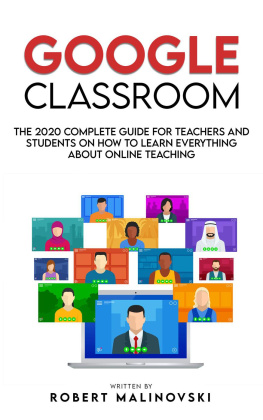
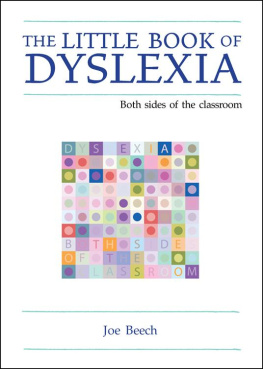
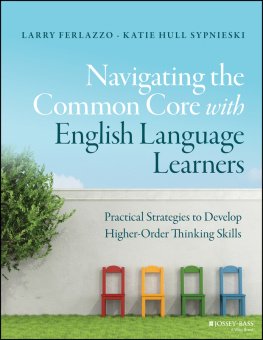
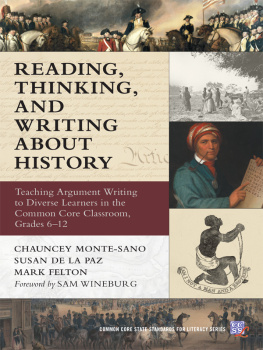

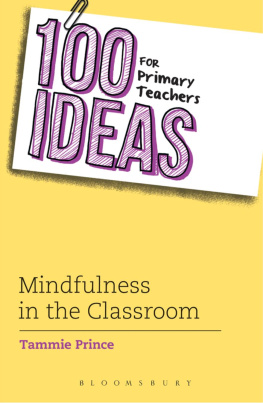
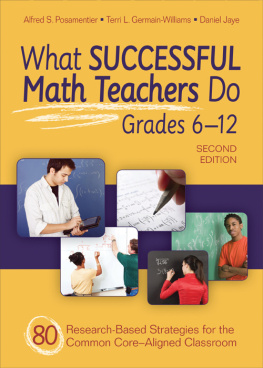


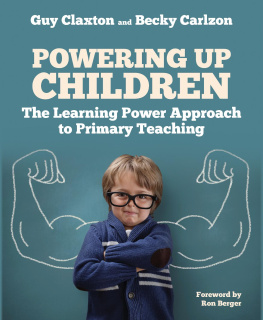
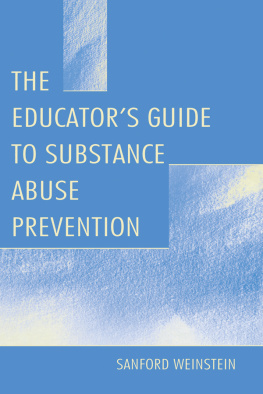
 The paper used in this publication meets the minimum requirements of American National Standard for Information SciencesPermanence of Paper for Printed Library Materials, ANSI/NISO Z39.48-1992.
The paper used in this publication meets the minimum requirements of American National Standard for Information SciencesPermanence of Paper for Printed Library Materials, ANSI/NISO Z39.48-1992.